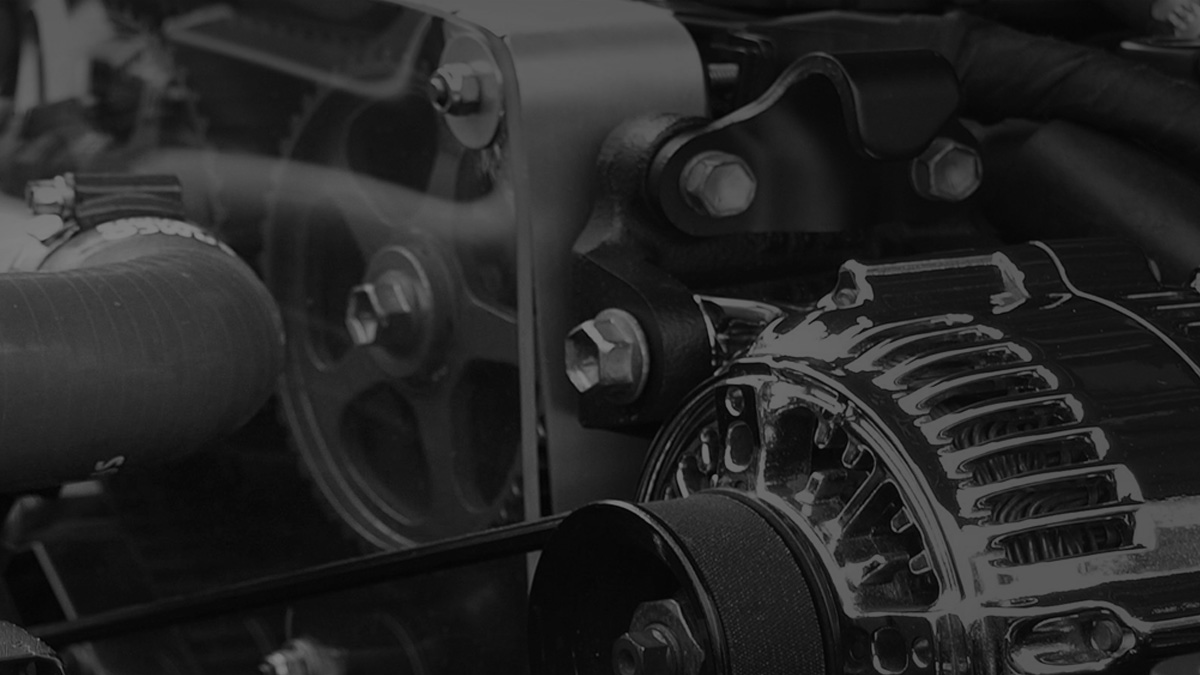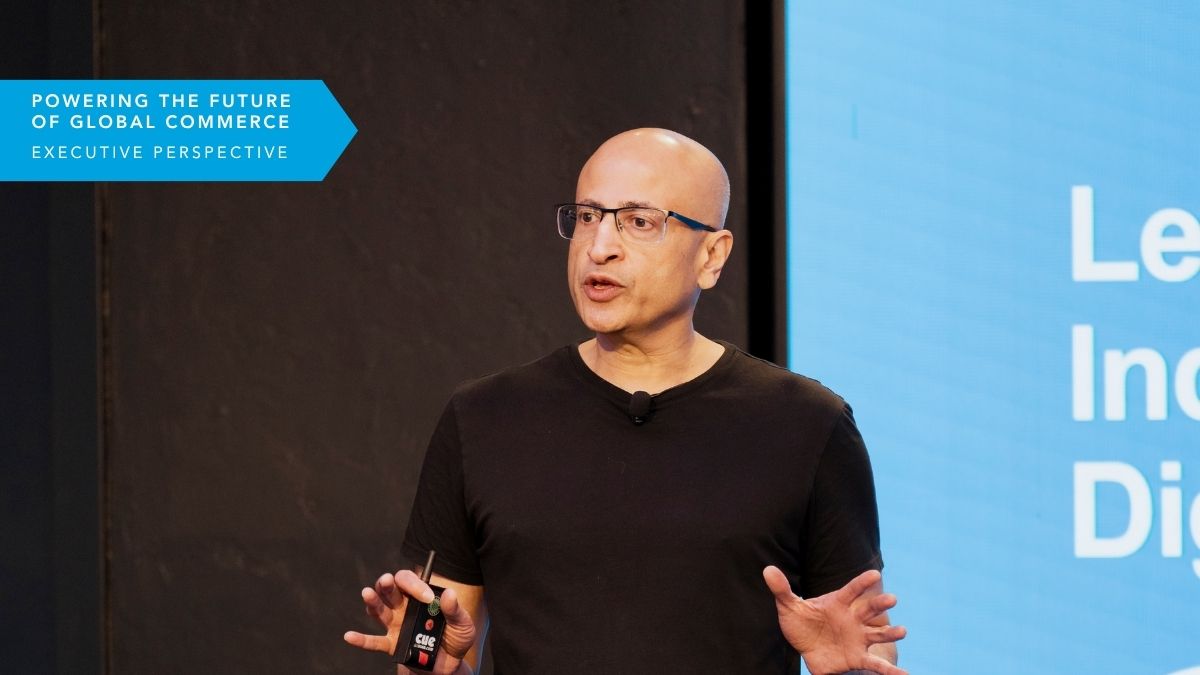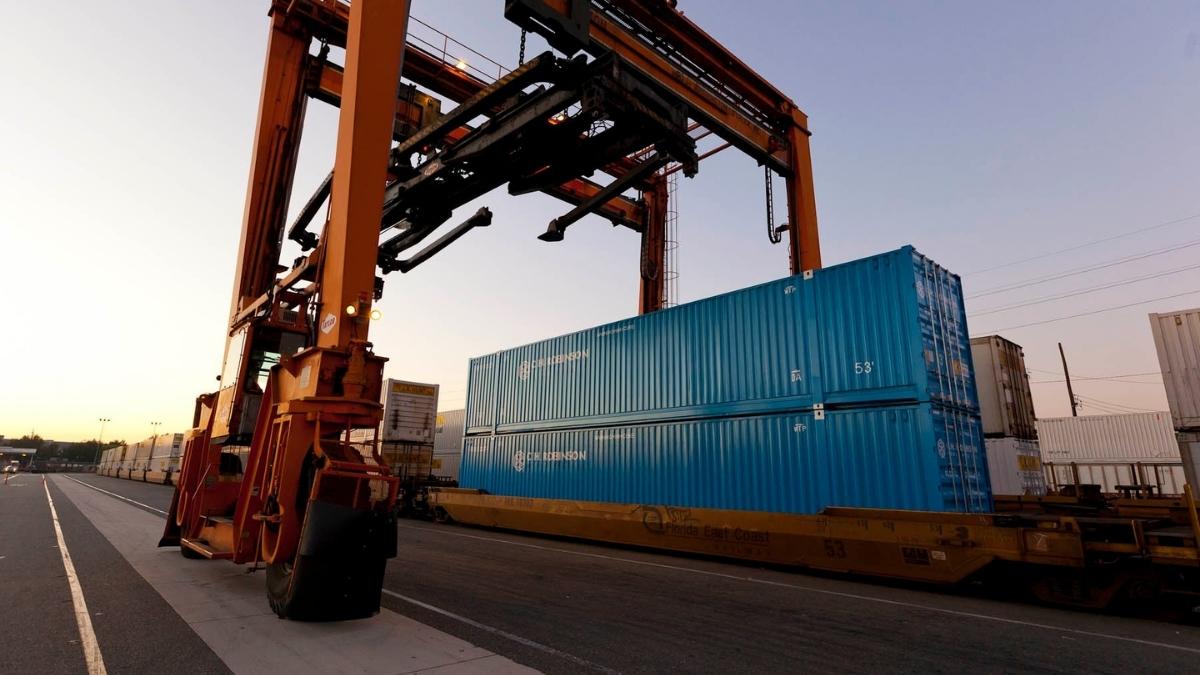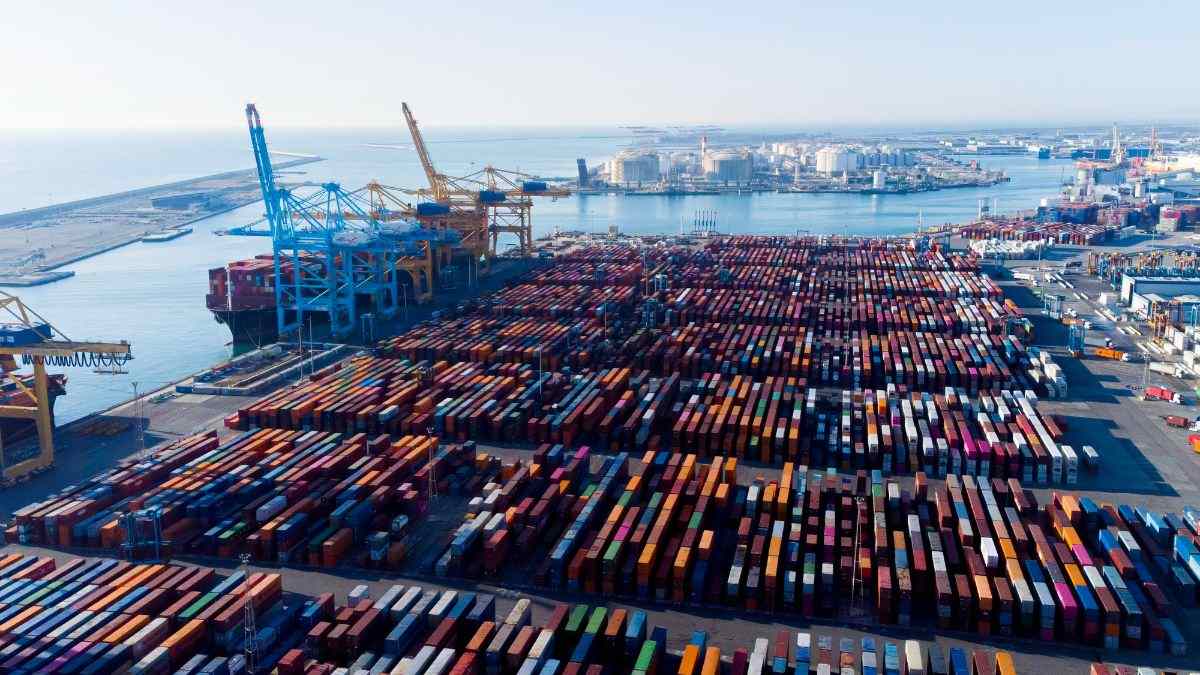
Amid shifting manufacturing hubs, accelerating electric vehicle (EV) adoption, and rising geopolitical tensions, the automotive supply chain in Asia Pacific (APAC) is entering a new era—one that demands sharper regional strategies and greater agility. Success now hinges on a company’s ability to understand the distinct dynamics of each market and respond with precision. Drawing from our latest automotive whitepaper for the APAC region, this piece explores how automotive companies can navigate these challenges through six key strategies. But first, let’s examine the biggest trends impacting the automotive sector this year.
Rising labor costs driving manufacturing migration
China's position as the world's leading automotive manufacturer, producing over 32% of global vehicles, faces mounting pressure. Labor costs have increased 6-8% annually since 2021, with specialized roles seeing increases exceeding 10%. This financial reality is pushing manufacturers to seek alternatives.
In response, the "China+1" strategy has emerged as a practical solution. Companies are establishing operations across Southeast Asia to mitigate risks from both rising costs and trade restrictions. This isn't merely a defensive move, it's a strategic repositioning that creates opportunities for those prepared to adapt.
Southeast Asia: The new manufacturing powerhouse
Thailand is leading the regional manufacturing shift, producing 1.5 million vehicles in 2024. Its EV 3.5 policy has successfully attracted investments from global players including BYD, Great Wall Motor, and Tesla.
Indonesia is leveraging its vast nickel reserves to become a critical battery production center—an essential component of the EV supply chain. Meanwhile, Malaysia recorded a total industry volume of 816,747 units in 2024 and is developing robust EV charging infrastructure.
The EV revolution and evolving fuel mix
By 2025, EVs will represent 30% of all vehicles across APAC, driven by strong government incentives across the region and is projected to drive revenue growth of 1.4% through 2028-2029, reaching an estimated $185.6 billion. Yet beneath this growth, there is a strategic recalibration among global automakers.
Several major OEMs are now balancing their EV commitments with renewed investments in advanced hybrid systems, hydrogen power, and even continued ICE (petrol/diesel) technologies through 2030. This pragmatic pivot addresses three realities: profitability, consumer readiness, and infrastructure timelines, all while continuing the long-term EV transition, albeit at a more gradual tempo.
Oceania's unique position
Australia's automotive market is experiencing its own transformation. Imports now generate $120.6 billion AUD ($74.42 billion USD) in revenue, driven by strong demand from commercial sectors.
The aftermarket sector is particularly robust as consumers increasingly opt for repairs and modifications rather than new purchases. This shift, combined with rising imports from Japan, China, Thailand, and South Korea, is creating new opportunities for parts suppliers and logistics providers.
Six key strategies for automotive supply chain success
As supply chains in APAC grow more complex, these six strategies offer a practical framework for automotive companies to build flexibility and reduce risk:
- Diversify your supply chain: Where possible, consider establishing operations across multiple countries to reduce dependency on any single market. This approach not only mitigates geopolitical risks but creates flexibility to navigate tariff changes.
- Leverage regional strengths: Each market offers distinct advantages—from Thailand's manufacturing expertise to Indonesia's battery production capabilities. Align your strategy with these regional specializations.
- Monitor regulatory changes: Stay ahead of tariff and emissions regulations to avoid costly disruptions. Adapt your sourcing strategies to maintain compliance while preserving competitiveness.
- Invest in advanced technology: Implement automation, digitalization, AI, and IoT solutions to enhance visibility and reduce operational costs, addressing the 14.4% logistical cost burden facing many regional manufacturers.
- Capitalize on aftermarket growth: Particularly in Oceania, focus on developing parts and accessories sales channels to meet the growing demand for vehicle maintenance and modifications.
- Partner with an experienced 3PL: Work with a logistics provider that offers regional expertise, global scale, and customizable solutions to navigate the complexity of APAC's automotive landscape.
Success in today's automotive industry requires more than understanding market trends—it demands proactive relationship-building with logistics providers who possess deep regional knowledge and forward-thinking capabilities. As regional dynamics continue to shift, our team of automotive experts are here to help align your strategies with emerging trends that best positions you to thrive. Whether it's rethinking sourcing decisions, capitalizing on new production hubs, or adapting to a changing fuel mix, staying agile is key.
For a deeper dive into how these forces are shaping APAC automotive supply chains, explore our latest whitepaper. It offers practical, detailed insights into regional manufacturing shifts, emerging EV markets, and proven approaches for building a more resilient automotive supply chain—helping you navigate the complex APAC landscape with confidence.



